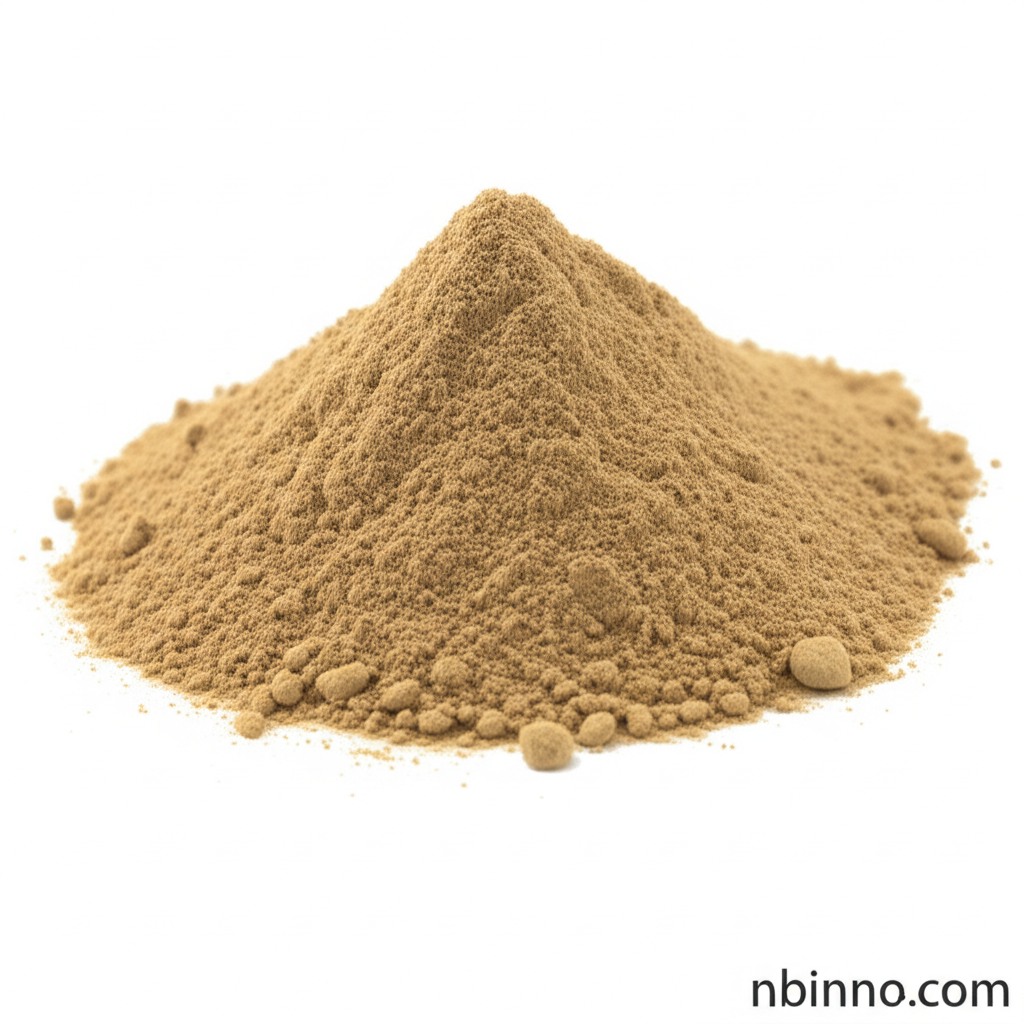1,10-Phenanthroline-5,6-dione: A Versatile Chemical Compound
Explore the properties, applications, and synthesis of this key organic intermediate.
Get a Quote & SampleProduct Core Value

1,10-Phenanthroline-5,6-dione
This heterocyclic compound, identified by CAS number 27318-90-7, is a vital component in various scientific disciplines. Its unique chemical structure and reactivity make it an indispensable tool for researchers seeking to advance their work in areas ranging from catalysis to drug development. We offer this high-purity material to meet diverse research and industrial needs.
- Discover the key applications of 1,10-Phenanthroline-5,6-dione in analytical chemistry, where its ligand properties are crucial for metal ion detection.
- Explore the use of this dione chemical as a reagent in the determination of metal ions for effective environmental monitoring and quality control.
- Investigate the potential of 1,10-Phenanthroline-5,6-dione in pharmaceutical research, particularly its role as a potential antitumor agent.
- Understand the synthesis of 1,10-Phenanthroline-5,6-dione, a process crucial for its availability as a valuable research chemical.
Key Advantages
Versatile Ligand Properties
Leverage the power of 1,10-Phenanthroline-5,6-dione as a ligand, forming stable complexes with transition metals, which is essential for developing advanced sensors and catalysts.
Catalytic and Analytical Utility
Utilize this compound's catalytic capabilities and its role as a reagent in the determination of metal ions, vital for environmental monitoring and quality control processes.
Pharmaceutical Potential
Explore the promising pharmaceutical applications of 1,10-Phenanthroline-5,6-dione, including its potential as an antitumor agent, backed by research into its ability to induce apoptosis.
Key Applications
Analytical Chemistry
As a ligand in metal ion detection, 1,10-Phenanthroline-5,6-dione enhances the sensitivity and specificity of analytical methods, supporting precise environmental monitoring.
Material Science
It is used in the synthesis of advanced materials, such as coordination polymers and metal-organic frameworks, with significant applications in gas storage and separation technologies.
Biochemistry
This compound is employed in studying enzyme activities and interactions, acting as an inhibitor for certain metalloproteins to provide insights into biochemical pathways.
Pharmaceutical Research
Its potential as an antitumor agent is actively being explored, with studies indicating its ability to induce apoptosis in cancer cells, making it a candidate for novel drug development.
